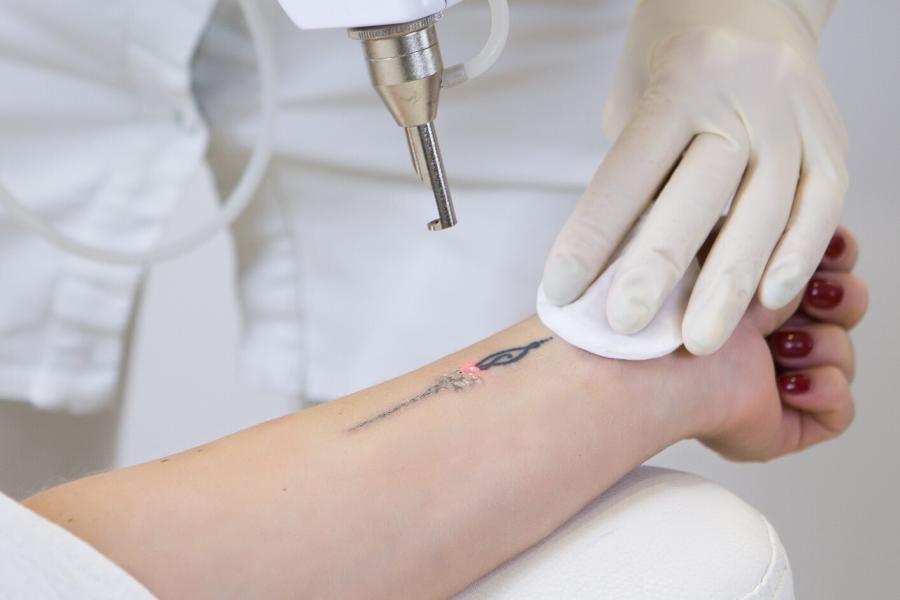Laser hair removal is a standard procedure, but some still need to decide whether it is safe. Technological advancements have made laser hair removal more effective, efficient, and safe than ever before. It doesn’t matter if you’re looking for the best laser hair removal in Coon Rapids, MN, if you’re seeking celebrity-quality laser hair removal in Los Angeles. All across the country, laser hair removal has become safer and more efficient than ever before.
1. Advanced, customizable laser hair removal technology
Since it started gaining popularity in the 1990s, providers have advertised laser hair removal as a safe, high-tech option for removing unwanted hair. Back then, only a couple of laser wavelengths targeted people with light skin and dark or coarse hair.
In 2023, five types of laser hair removal can treat various types of hair on skin types other than light.
The Alexandrite method is ideal for lighter skin tones and has shorter wavelengths. Diode laser hair removal has longer wavelengths for deeper penetration and is especially good for coarser hair and medium-dark skin tones. Ruby laser hair removal is one of the oldest options and is more well-researched than most other methods. Nd and LP Nd: YAG lasers are best for the thickest and coarsest hair, with a particular use case in people with darker skin. Finally, Intense Pulsed Light therapy can damage hair follicles similarly to traditional lasers, though it is not technically a laser.
2. Better training for laser hair removal professionals
Laser hair removal has become more complex as these new technologies have debuted and improved. The field has greater sophistication, so professional training has become more detailed and comprehensive. This is important for customers because practitioner skill is a significant factor in the long-term results you’ll see.
Current training practices focus on performing the procedure and include additional training in performing post-treatment care to ensure the patient avoids side effects and heals properly while seeing the best results. A poorly handled laser hair procedure could cause discomfort, hormonal imbalances, and in extreme cases, skin cancer. Training for laser hair removal specialists has advanced in lockstep with the pace of technology. If you properly research your practitioner, you can ensure a safe, efficient laser hair removal experience.
3. Faster treatments, fewer side effects
Laser hair removal was once more protracted with the potential for noticeable side effects. The field has advanced to the point where speed and safety are no longer worries for most patients.
Depending on the targeted area, a laser hair removal procedure can take a minute to a half-hour. Results can often be seen immediately after treatment, though this varies by patient. A reasonable expectation following the first treatment is a 10% to 25% reduction in hair.
Side effects are either minor or a complete non-issue, provided the practitioner knows their craft well. General discomfort, swelling, and redness are the only things most patients need to worry about. While blistering, scarring, and infections are never entirely out of the question, these side effects are not nearly as common as they once were.
Find laser hair removal near you today
Laser hair removal has improved in 2023, offering more efficient, customized, and safer treatments with long-lasting results. Now is the perfect time to find laser hair removal near you and experience the benefits for yourself.

Isreal olabanji a dental assistant and public health professionals and has years of experience in assisting the dentist with all sorts of dental issues.
We regularly post timely and trustworthy medical information and news on Fitness, Dental care, Recipes, Child health, obstetrics, and more.
The content is intended to augment, not replace, information provided by your clinician. It is not intended nor implied to be a substitute for professional medical advice. Reading this information does not create or replace a doctor-patient relationship or consultation. If required, please contact your doctor or other health care provider to assist you to interpret any of this information, or in applying the information to your individual needs.


